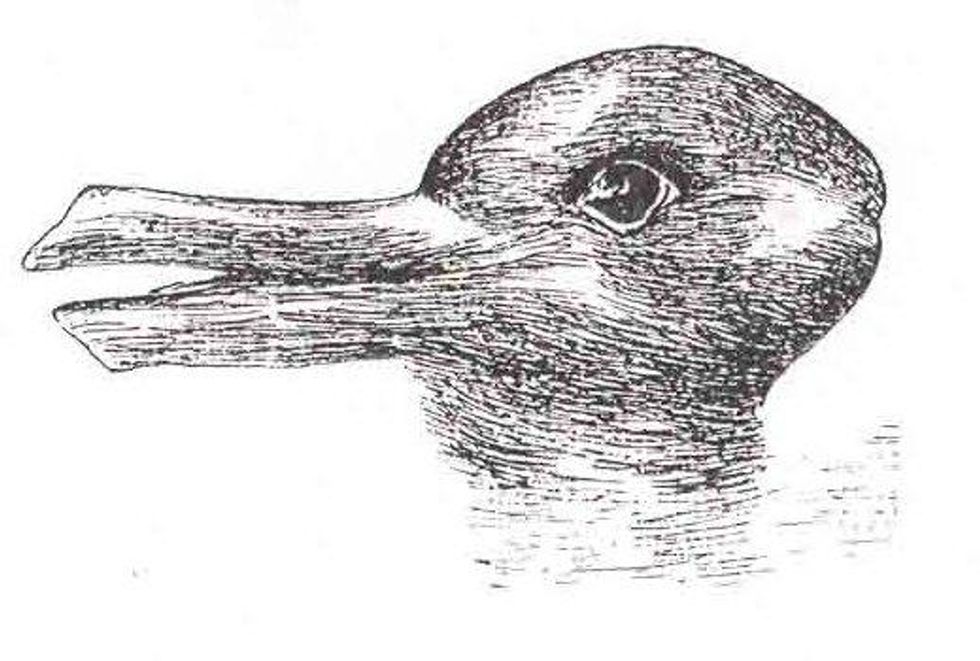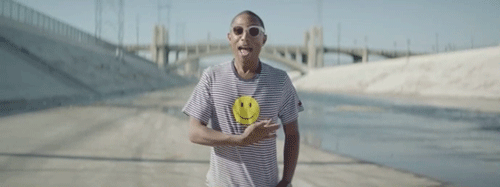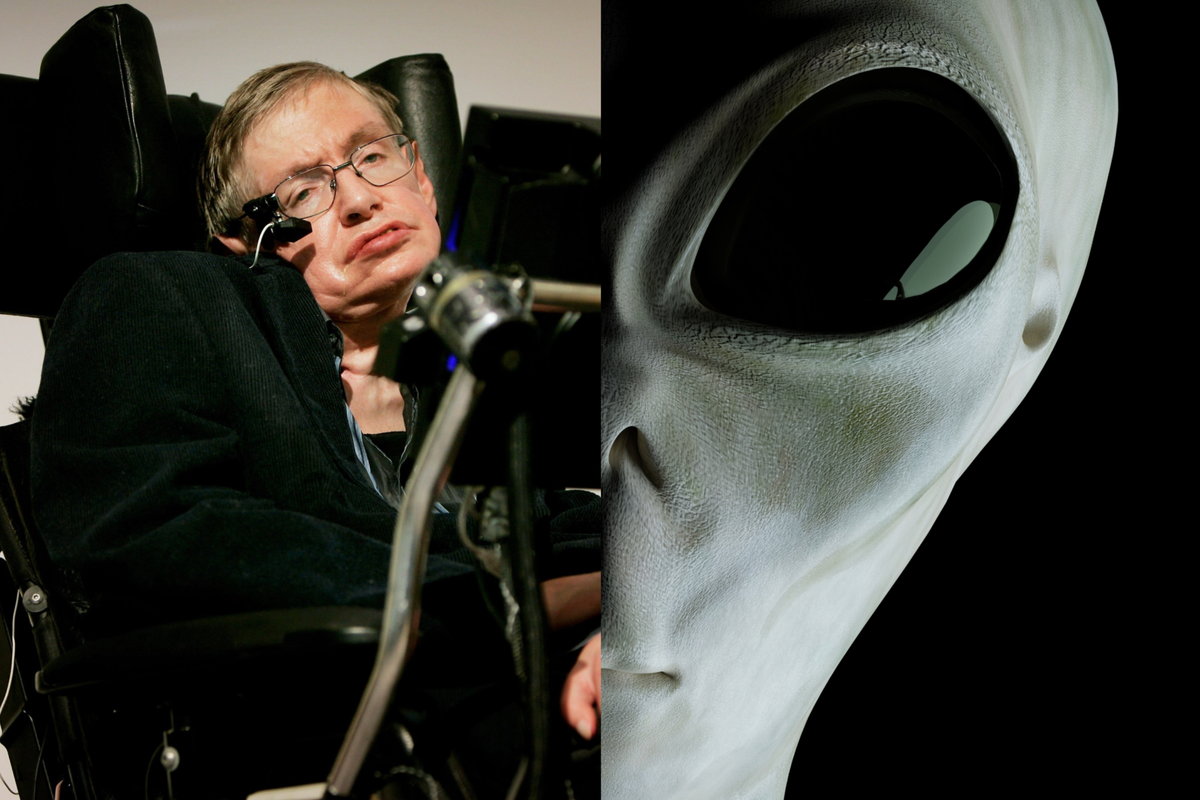Viral
Evan Bartlett
Feb 03, 2015

Tom Scott, the YouTuber well known for his Things You Might Not Know series, recently published a video explaining how a certain set of black and white lines can alter your brain for up to three months.
After looking at the lines for 15 minutes, Scott explains to camera while at a zoo (for unknown reasons) that the brain will see the opposite of those colours once the lines have disappeared - this is known as the McCollough effect.
Similarly, this black and white image of a castle will suddenly appear in colour if you stare at the dot in the middle for 15 seconds while it is replaced by the blue and yellow image:
The McCollough effect, named after American psychologist Celeste McCollough, has sparked hundreds of academic papers but there appears to be no concrete evidence of what causes it.
Audio illusions
This audio recording plays a sentence that has been altered by a computer to sound like gibberish. However, once you have been told what the clip actually says, it suddenly makes sense.
Once you've heard the explanation, your brain cannot un-hear it. In a similar way to the McCollough effect, scientists are unsure what causes the brain to alter the sound to hear what it expects to hear.
The duck-rabbit illusion
The famous duck-rabbit illusion was first popularised by American psychologist Joseph Jastrow who showed that the brain cannot see both images at once. The participant usually sees just one of the animals when they first view the image but after being told of the others existence they then flicker between the two - again being unable to un-see the second image.
Positive thinking
The frontal lobe of the brain can be altered by thinking about certain types of words. If you think of positive words - like "happy" or "confidence" - the brain kicks into action and other areas like the parietal lobe which affect self-perception start to change too.
Motion after-effect illusion:
According to George Mather, a professor of psychology at the University of Lincoln, the motion after-effect (MAE) is caused by looking at a movement for a period of time. When the eyes are moved from this fixation the brain is moving in the opposite direction in an attempt to find balance.
Here's Tom Scott's initial explanation of the McCollough effect:
We're now going for a lie down.
Top 100
The Conversation (0)
















